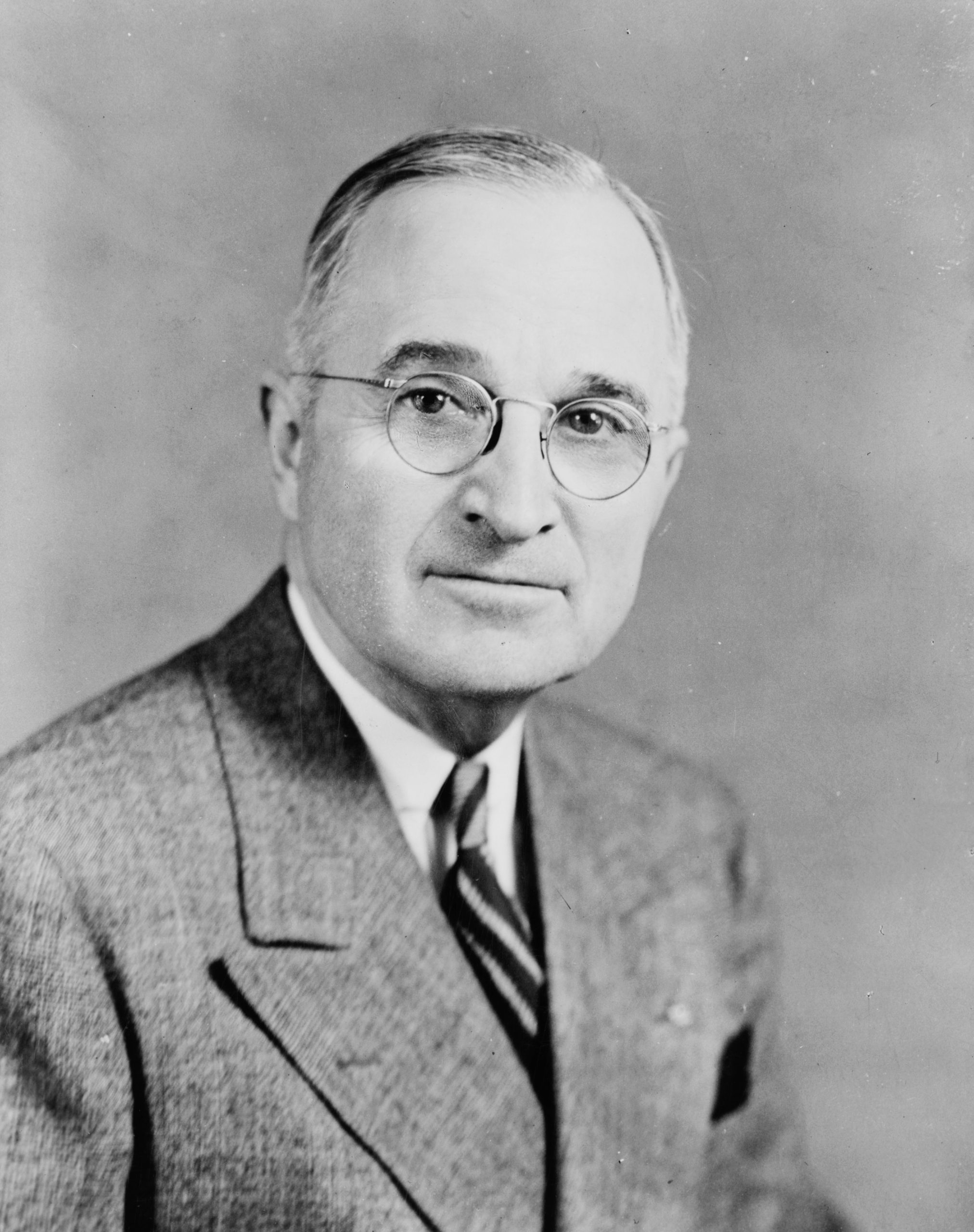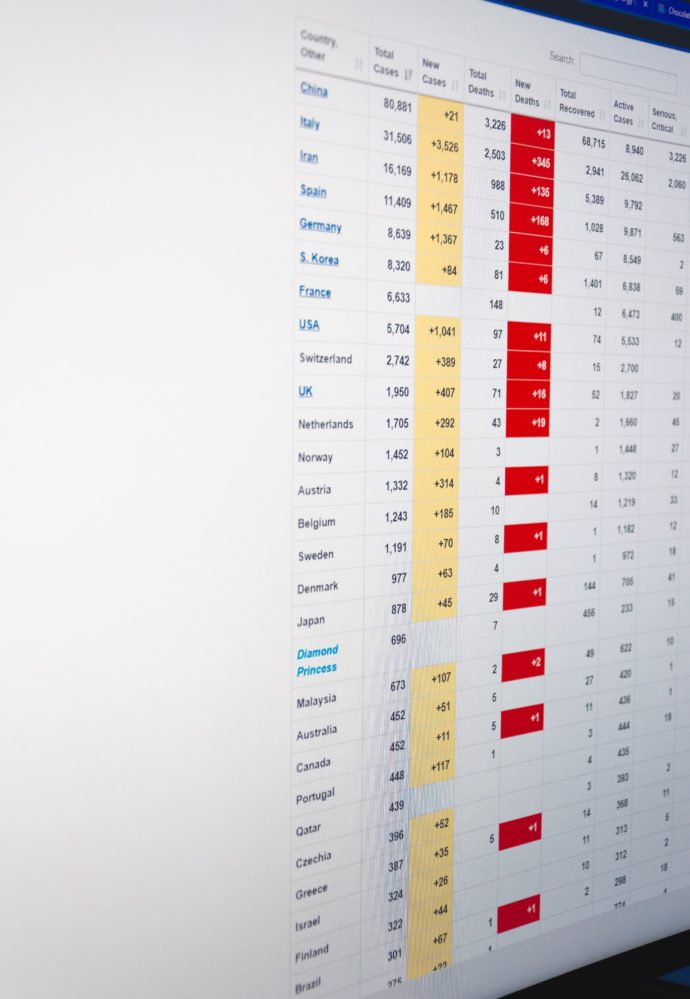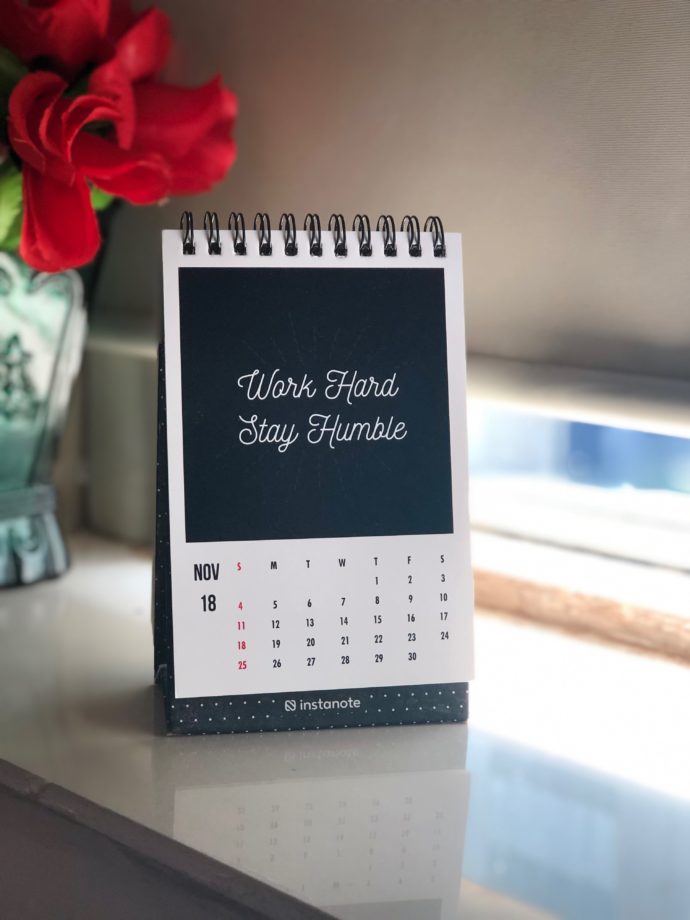Monday Roundup
The Wall Street Journal reports that House of Representatives Speaker Nancy Pelosi (D CA) has decided to bring the House back for a vote later this week on a bill to protect the Postal Service. Of course because the House has approved remote voting during the continuing COVID-19 emergency members will not be required to return to DC.
It appears to the FEHBlog that the legislative vehicle for this action will be HR 8015 which House Oversight and Government Reform Committee Chair Carolyn Maloney introduced last Tuesday. The bill’s title / purpose reads “To maintain prompt and reliable postal services during the COVID-19 health emergency, and for other purposes.” It has 37 co-sponsors. The Congressional Research Service summary and the text of the bill are not yet available but the FEHBlog has signed up for alerts on congress.gov.
This afternoon, a federal district court judge from Brooklyn, NY, issued a decision enjoining the recently revised ACA Section 1557’s rule’s “repeal” of the sex discrimination definition found in the Obama Administration’s Section 1557 rule. That definition offered express protection to transgendered people. The federal district court in Washington, DC, which is considering a challenge to the legality of the entire rule, hasn’t issued a ruling today. The rule’s effective date is tomorrow. Perhaps the Brooklyn district court’s action will cause HHS to re-evaluate the rule. In the FEHBlog’s view that would be the most sensible course of action in the wake of the Supreme Court’s Bostock County decision.m
On the COVID-19 front —
- STAT News recounts what we know and don’t know about the COVID-19 virus from its standpoint. The article is worth a skim.
- The Centers for Disease Control has released updated guidance on the duration of isolation and precautions for people who have been infected with COVID-19.
- Managed Healthcare Executive reports that “The report on Deloitte’s biennial Center for Health Solutions Survey of U.S Consumers shows a significant increase in virtual care visits versus pre-pandemic trends, and a reversal in consumers’ willingness to share health data following the COVID-19 pandemic.” Silver lining?
- Fierce Healthcare discusses “the unexpected ways [Artificial Intelligence] AI is impacting the delivery of care, including for COVID-19.” For example,
[A team lead by] Paul Friedman, M.D., the chairman of the cardiovascular department at Mayo Clinic * * * has trained an AI-algorithm embedded into standard electrocardiogram tests to detect which patients have weak heart pump, Friedman said speaking during a recent Fierce AI Week event. Five years later, the team discovered that the algorithm had made accurate predictions. “The physiological signals are affecting the electrocardiogram in subtle ways,” Friedman said. * * * So it looks like it’s looking into the future.”
Groovy.










